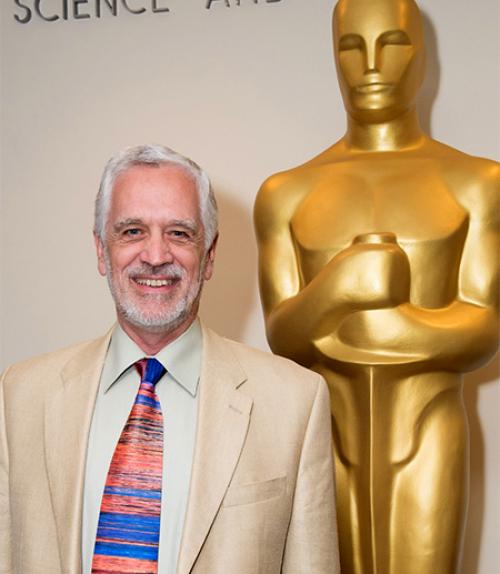
 Department Homepage
Department Homepage
Here's looking at you, kid: Filmmakers know how we read emotions
Filmmakers choose their shots to get us close to their characters.




